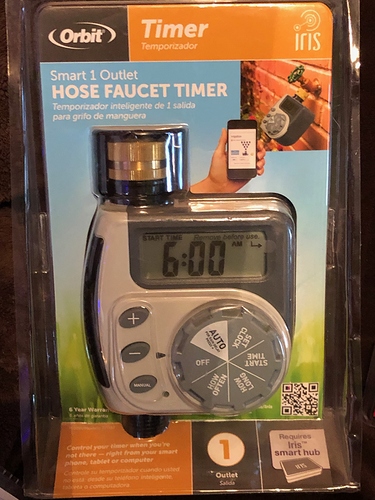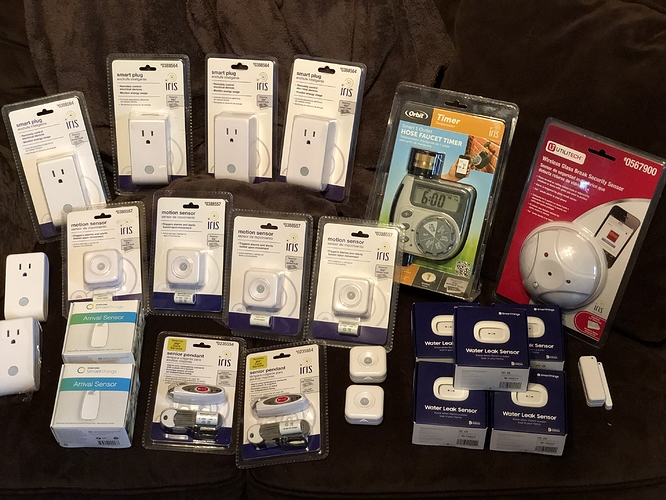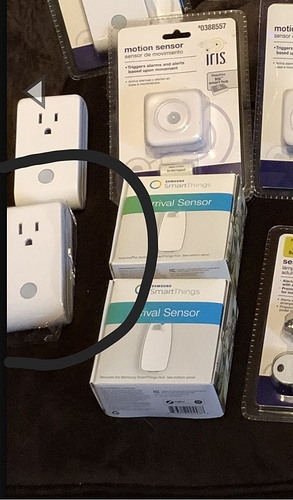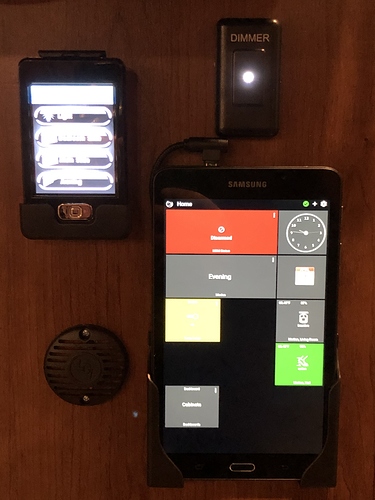Warning... This is a long post!
As much as I like playing around with technology, I also enjoy spending the warmer months traveling as much as possible. The DW and I have been camping for nearly as long as we've been togther. Throughout the summer we alternate spending weekends at our cabin or going camping somewhere. Three years ago we decided to finally give up tenting and purchase and RV. Fast forward three summers and three RV's later, we found a model late last summer that suits us perfectly.
As the DW always says, I'm never happy with things as they are, and the RV was no exception. The day I brought it home, I went to work...
RV Manufacturers largely shun technology except for the high end models. It's not so much about keeping costs low as it is about being able to crank out as many possible. The RV industry has been very hot for the past few years so manufacturers look anywhere they can to build them as fast as possible. Technology gets the short end of the stick. That's not to say that it doesn't exist... It does, and it's pretty cool.
If you are not familiar with RV'ing, an RV has all of the same systems that you find in both a home; kitchen & bath fixtures & appliances, beds, plumbing, electrical, propane, and HVAC. It also has many of the systems in a vehicle; tires, suspension, brakes, and 12v electrical. Then there's the off-the-grid stuff; solar panels, water & sewer storage, and the generator. On a most RVs none of these systems are managed by smart systems. In fact, none of them are even interconnected.
Last summer I did some research on Smart RV components and decided to undertake a relatively small project. Lippert, a major manufacturer of RV components actually has a line of smart RV components called OneControl. I took the plunge and purchased a few parts on eBay including components to monitor water tank levels, control the gas and electric portions of the water heater, control exterior lighting, and a 5" touchscreen control panel to interact with everything. Within a week of taking delivery of our brand new RV I was cutting holes in walls, fishing cables, and re-wiring the control systems. But the project was successful....
But it wasn't enough...
Many mid-range and high end RV's come with automatic leveling systems. Ours did not. Leveling has always been the bane of my RV existance. I absolutely cannot stand taking a shower and having water pond up or having things slide around the table. Not to mention, being more than a couple degrees off level is bad for propane refrigerators. It also frustrates her too. I'll spend an hour or more "dialing in" the perfect level.
I took the plunge and ordered the aftermarket leveling kit from the same company so it integrate with the control system that was I hjad just installed. I did the installation myself since all of the nearby shops wanted at least $1200+. It took me three full days, removing the old manual leveling equipment, installing motorized jacks & landing gear, and a ton of wiring and several modules. But everything worked, and I could now perfectly level the RV each time with a push of a button.
What was even more cool was that my project got noticed by the manufacturer... Before I knew it they were sending me modules to test, including modules for integrating HVAC, a mobile hotspot, and a rooftop antenna array. All of which came together to enable control of many RV functions with my iPhone, from anywhere.
But it's still not enough... For me... 
The RV is just like another home and we frequently leave it at campground for weeks at a time. When we are away, we're blind to all of those things we enjoy when away from home; having the knowlege that doors & windows are closed, being alerted if someone breaks in, fire breaks out, or water leaks. It's time to change that... And Hubitat is the perfect solution...
Being all-local, Hubitat is the perfect solution for a hub to control everything. The RV already has two independent mobile hotspots (one for internet use, the second for the SmartRV systems), so remote access is already possible.
For the first phase of the project, which I plan to have built in time for the start of our RV season (end of April) I intend to focus on safety and security...
Goals for this first phase of the project....
- Perimiter security. (Entry doors, basement storage doors)
- Interior security. (motion & glass breakage)
- Fire protection.
- Leak detection & prevention.
This intial phase does have some technical challenges.. FInding a place to securely locate the hub is going to require consideration. The internal radios on the new hub do make task easier. There is also size and placement of contact sensors which shall dictate the make and model used. A motorized water valve is also on the wish list, but due to size constraints may be a challenge.
I also have a requirement that everything in this first phase run off of the 12v power system, so that the entire system remains operational when towing, or boondocking (camping without hookups). This means locating a 12v to 5v adapter for the hub. Then there's the motion sensor. I really like the new ST motion sensors, however I do not think the magnet will be strong enough to hold it in place during transit.
Phase one materials list...
(1) Hubitat C-5 Hub (in this case, not having external radio sticks is a benefit due to space constraints)
(6) Contact sensors. (Need to determine best model for size)
(1) Utilitech Glass Break Detector
(1) First Alert Z-Wave Smoke/CO Detector
(5) SmartThings Water leak sensors.
(1) Water valve (model TBD due to size and placement challenges)
(2) Iris Motion Sensors (prefer the new ST sensors but the magnet is likely not strong enough)
My plan it to have the RV's hub connected with my home hub cluster. I've already created a replacement HubLink that works over an external oAuth endpoint, so I'll be abel to send all device events to my coordinator hub at home. That's one of the coolest features of Hubitat... When camping I'll have full local control and dashboards for all of my RV devices, and when I'm home, I'll have the same level of visibility and access.
In looking forward to the second build phase, I would like to add an outdoor SmartPlug to control decorative lighting. I'm installing a voltage regulator this year but it does not have remote monitoring therefore ion the second phase I plan to install an Aeon power meter for remote monitoring of voltage and consumption. I would also like to add SmartPlugs or outlets to each of the three TV's and the outside refrigerator so those can be disconnected when we are away or running on generator.
This should be an interesting project... I'll post updates and photos as it progresses..
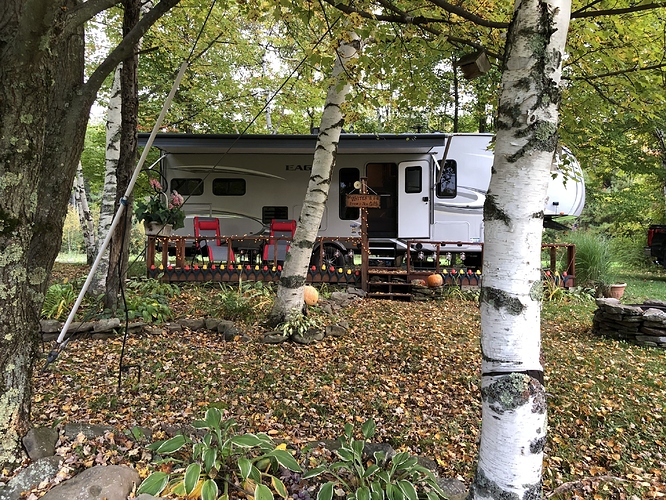
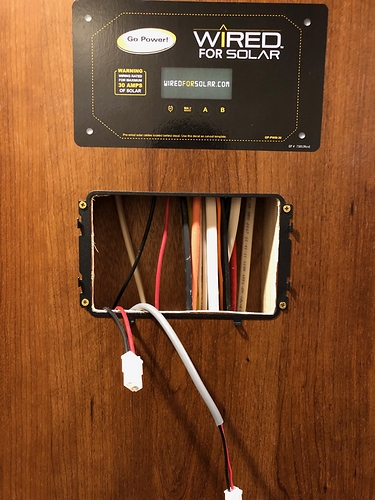
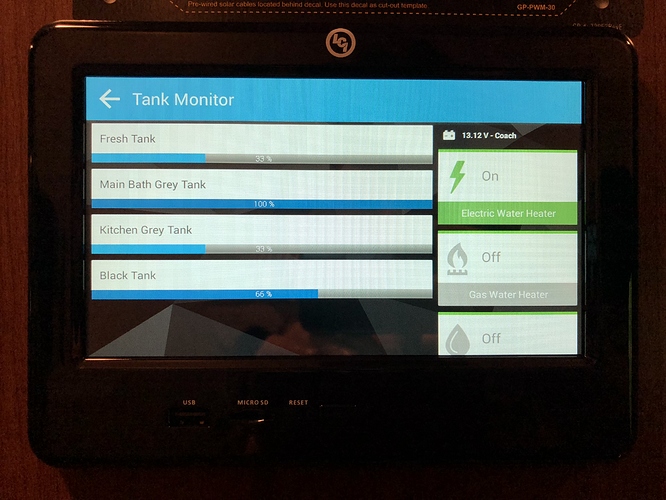
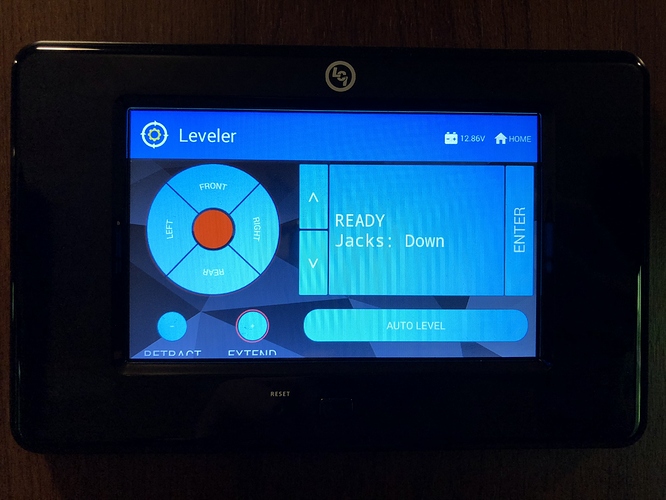
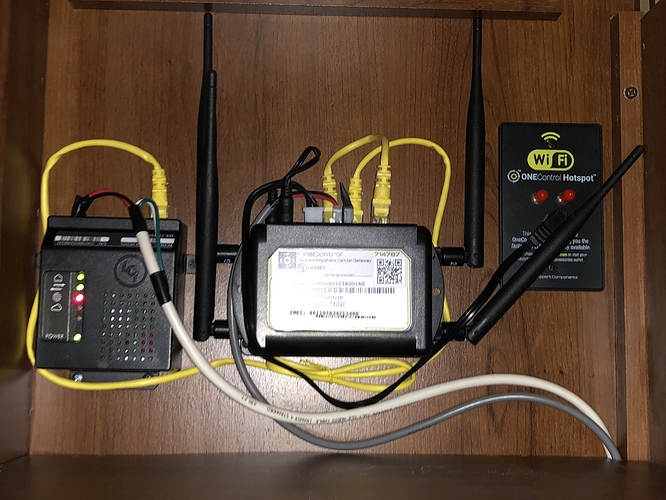
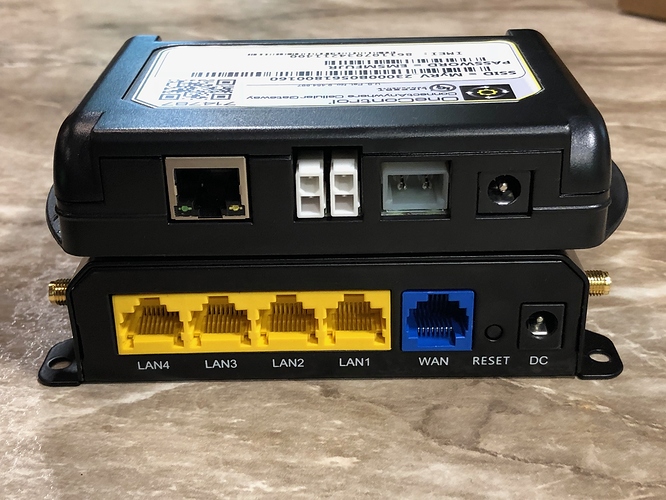
 All three wires (red-yellow-black... reds to reds, yellow to yellow, black to black) get connected together with the data wire feeding the temp connection on Fibaro. It's up to the internal code of the Fibaro to limit the number to 6.
All three wires (red-yellow-black... reds to reds, yellow to yellow, black to black) get connected together with the data wire feeding the temp connection on Fibaro. It's up to the internal code of the Fibaro to limit the number to 6. you could also use the inputs to drive your door contacts. That's what I currently use them for and is a really cheap way of doing the security they will also run on 9-30v.
you could also use the inputs to drive your door contacts. That's what I currently use them for and is a really cheap way of doing the security they will also run on 9-30v.
